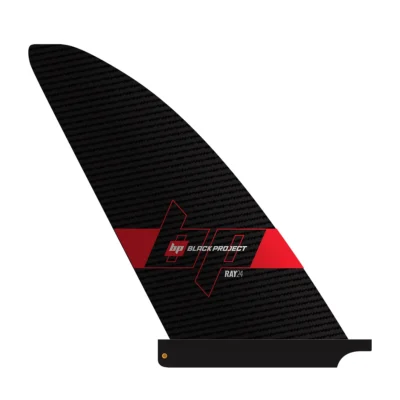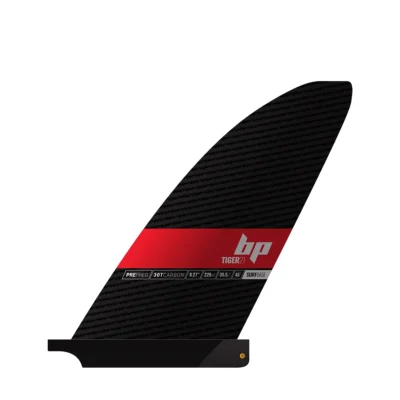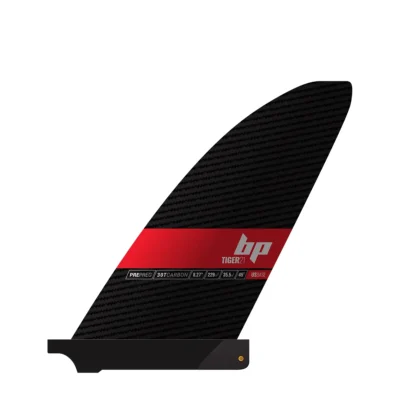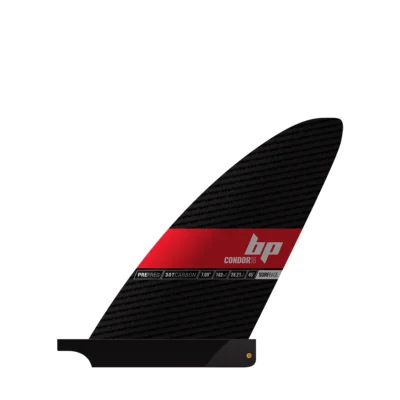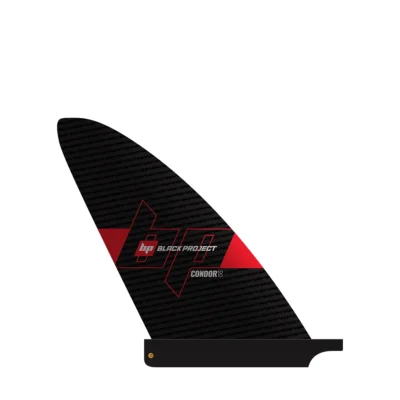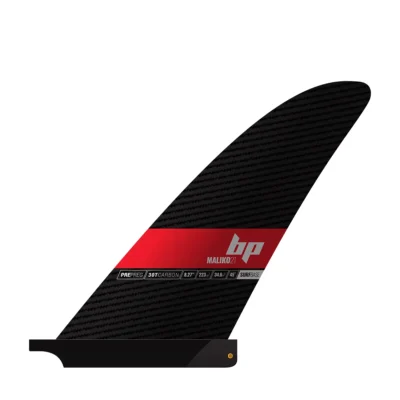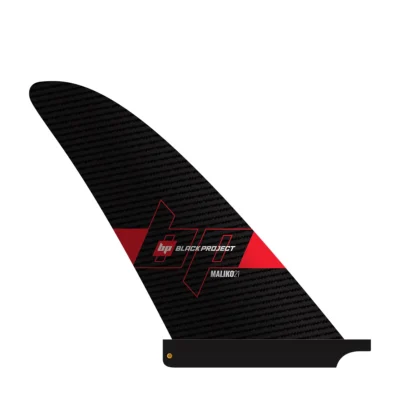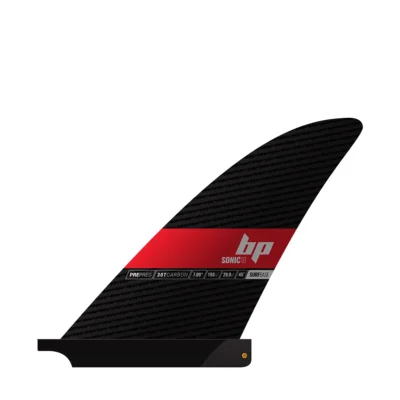SUP Fin Science 101: Terms & Design Fundamentals
STEP #3:
FIN SCIENCE
SUP FIN SCIENCE 101: TERMS & DESIGN FUNDAMENTALS
Defining a few basic SUP fin terms will help you understand some of the parameters we work with when designing and optimizing fins for a range of uses. No single aspect of a fin should be considered in isolation. For example, we can make a short fin which offers high levels of tracking and stability compared to several bigger fins.
DEPTH

LENGTH
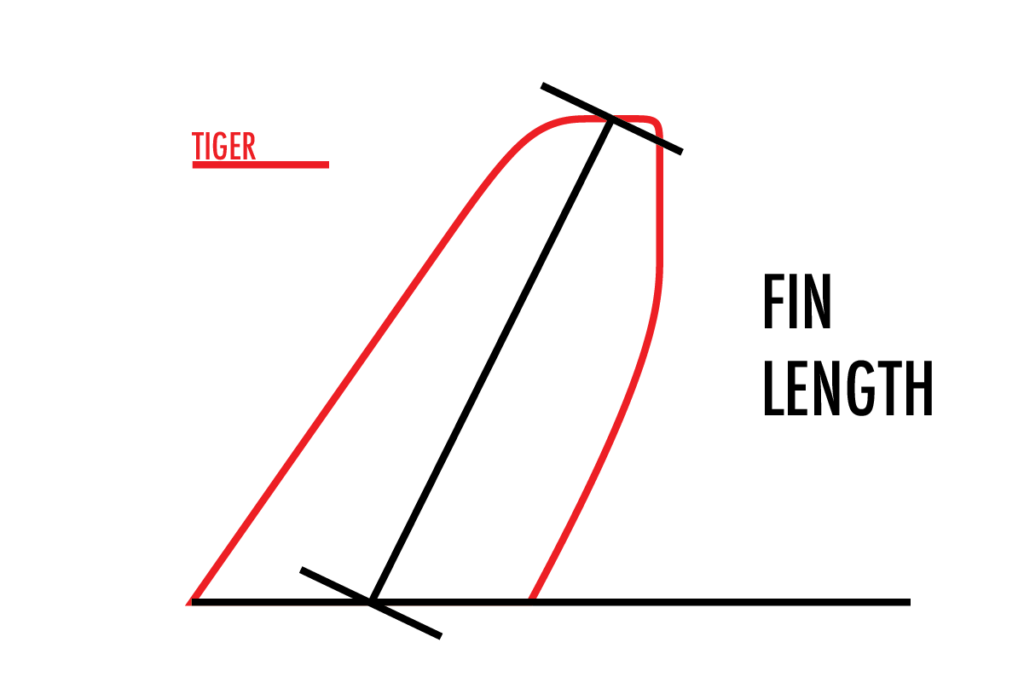
RAKE

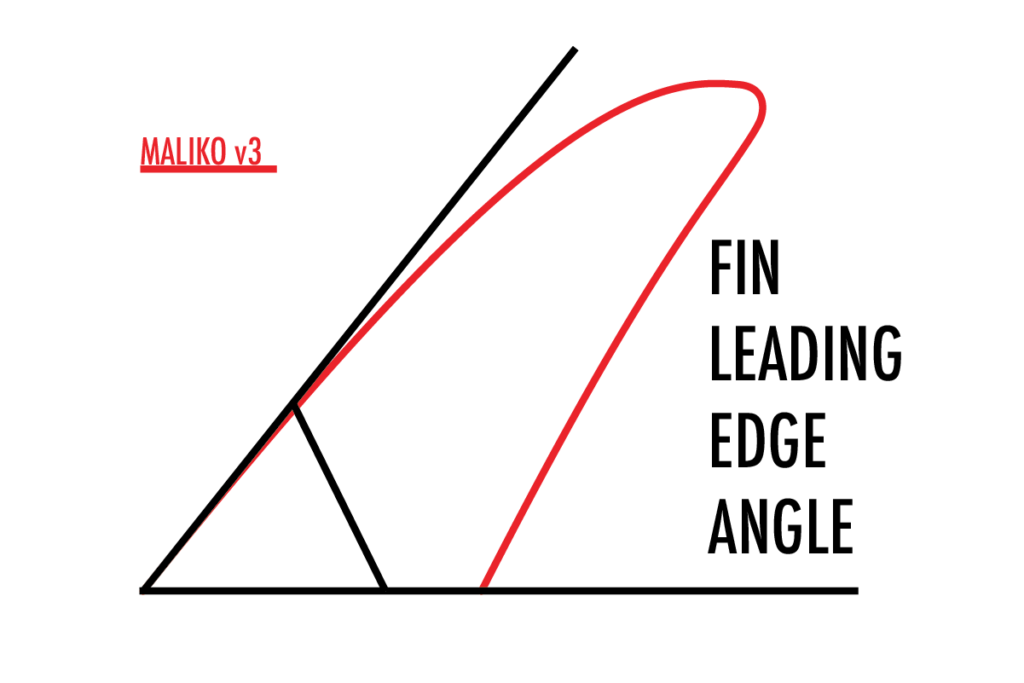
AREA
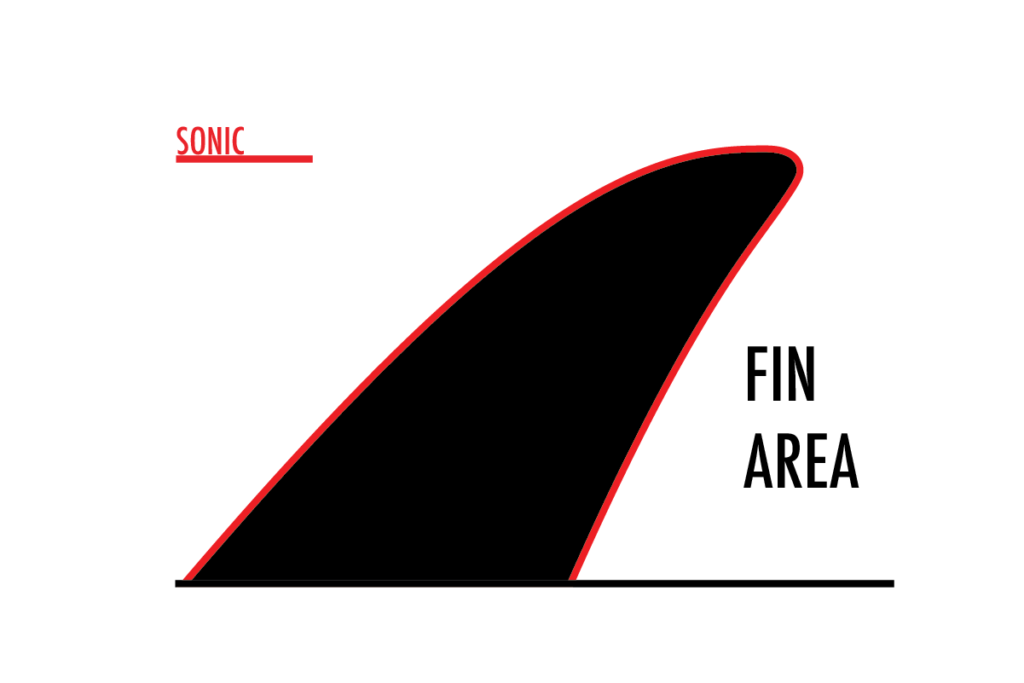
FOIL
The most important aspect of fin design (and production) is the foil shaping. This determines how the fin interacts with water molecules and how that influences the board in a range of ways. Foils influence tracking, turning, handling and speed.
It’s a common misconception that thick foils are slow and thin foils are fast. Thin foils with little or no shaping are usually the result of a company trying to cut production costs because they require less materials and are easier to manufacture.
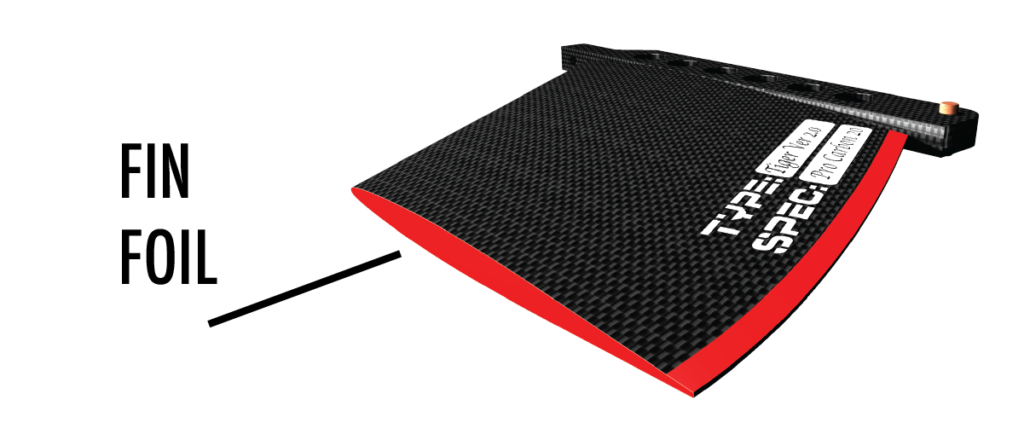
CORD
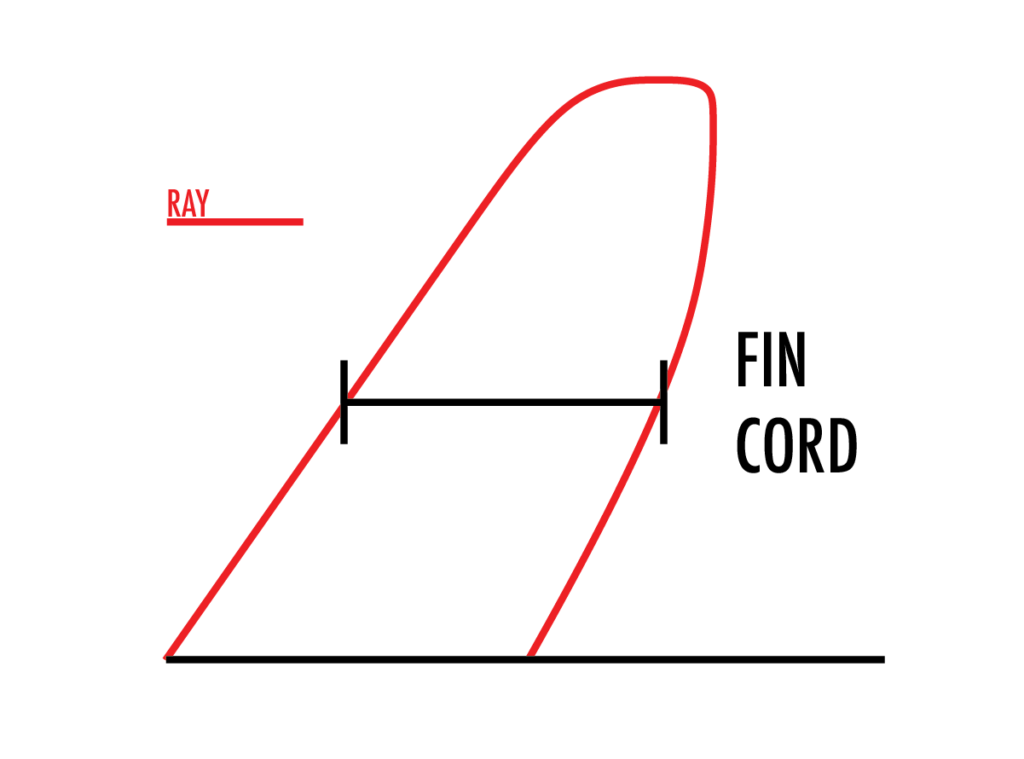
CONSTRUCTION
SUP race fin construction is a very important aspect of fin performance. SUP fins are made from a range of materials including plastic, fiberglass and carbon. Carbon fins are the lightest, stiffest, most expensive and offer the highest performance, while plastic fins are the cheapest and most flexible, but also very durable.
Black Project SUP fins are made using our Carbon Infused LiteCore Technology which maximizes performance and minimizes weight, while remaining durable for excellent longevity.
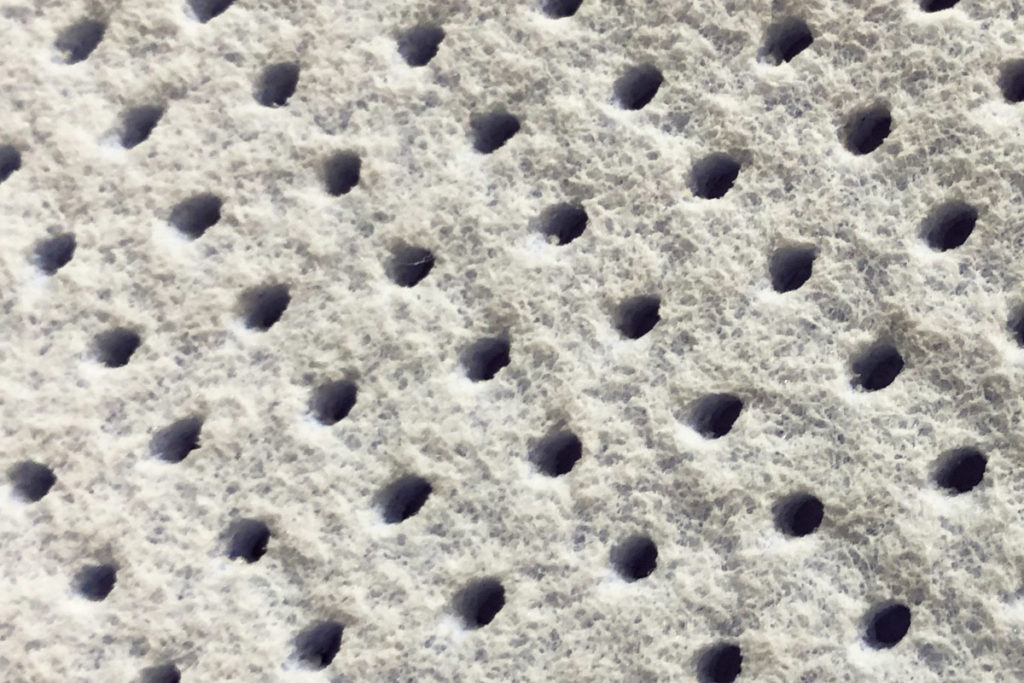
FINS FOR FLAT-WATER TOURING & RACING
These fins are designed for flat-water touring and racing, ranging from cruising your local lake to hammering out a 200-meter sprint. Finding the right combination of tracking, stability, speed and maneuverability will optimize your performance on the water.
-
- SUP Racing, SUP Fins, SUP Race Fins
Ray v2 Pre-Preg
-
$175.005.00 out of 5(48)
- Rated 5.00 out of 5
- View Product
Ray v2 Pre-Preg
$175.005.00 out of 5(48) -
- SUP Race Fins, SUP Racing, SUP Fins
Tiger v2 Pre-Preg
-
$175.005.00 out of 5(22)
- Rated 5.00 out of 5
- View Product
Tiger v2 Pre-Preg
$175.005.00 out of 5(22) -
- Out of Stock
- SUP Race Fins, SUP Racing, SUP Fins
Condor Pre-Preg
-
$175.005.00 out of 5(9)
- Rated 5.00 out of 5
- View Product
Condor Pre-Preg
$175.005.00 out of 5(9) -
FINS FOR DOWNWIND & OCEAN RACING
In conditions where the fastest line depends on wind, waves and current, these fins enhance the surfing characteristics of your race board so you can maintain better flow and speed while successfully catching and riding swells.
-
- SUP Fins, SUP Racing, SUP Race Fins
Maliko v3 Pre-Preg
-
$175.005.00 out of 5(26)
- Rated 5.00 out of 5
- View Product
Maliko v3 Pre-Preg
$175.005.00 out of 5(26) -
- SUP Racing, SUP Race Fins
Sonic v2 Pre-Preg
-
$175.005.00 out of 5(13)
- Rated 5.00 out of 5
- View Product
Sonic v2 Pre-Preg
$175.005.00 out of 5(13)








